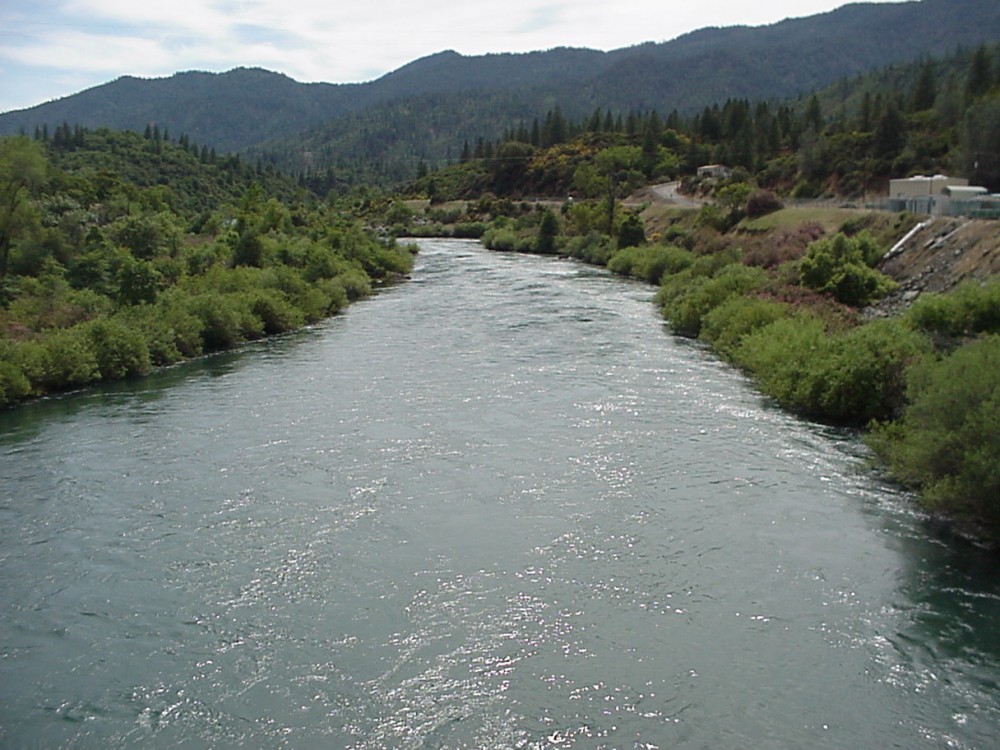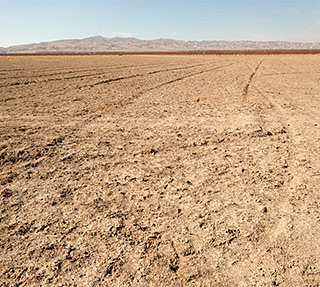The State Water Resources Control Board has released its most recent version of a Water Quality Control Plan for the San Joaquin River, and the public comment period has opened. That may seem obscure, far away and not worth the attention of Bay Area residents, but if you like having water come out of your […]
Statement on the upcoming release of proposed flow standards for tributaries to the San Joaquin River
Statement by California Farm Water Coalition Executive Director Mike Wade on the upcoming release of proposed flow standards for tributaries to the San Joaquin River California officials are on the verge of releasing new water regulations that would cause significant harm to California residents without quantifying any specific environmental benefits. The State Water Resources Control […]
Amount of idled farmland is five times greater than report states
UC Davis drought report On August 15 the Center for Watershed Sciences released a UC Davis drought report titled “Economic Analysis of the 2016 California Drought on Agriculture.” The report was a follow-on to reports commissioned by the California Department of Food and Agriculture (CDFA) and released previously in 2014 and 2015. Of note in the […]
Land fallowing and retirement
Peter Gleick of the Pacific Institute, on the Capitol Public Radio Show "Insight," today (Thursday, September 25, 2008) denied that land fallowing is a recommendation in their new advocacy report "More with Less." When questioned about the language in the report advocating large-scale land fallowing in the San Joaquin Valley, Gleick seemed to bristle and […]


